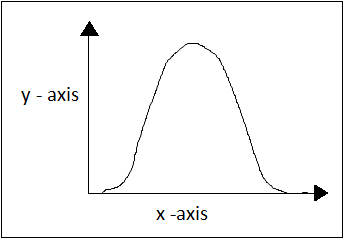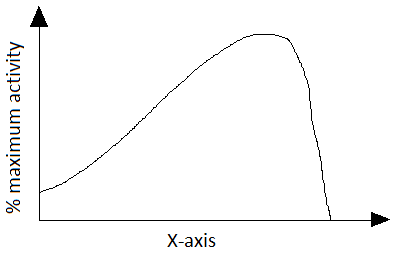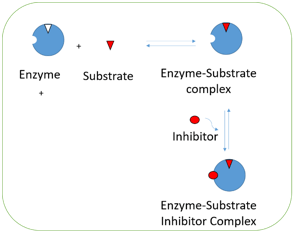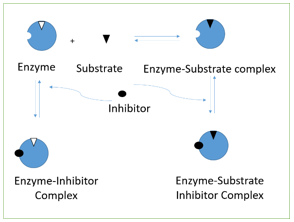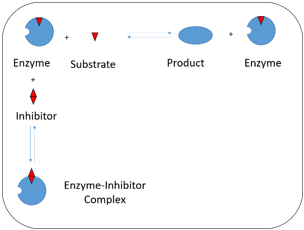MCQs
Total Questions : 60
| Page 5 of 6 pages
Answer: Option B. -> Effect of pH on the rate of enzyme catalyzed reaction
Answer: (b).Effect of pH on the rate of enzyme catalyzed reaction
Answer: (b).Effect of pH on the rate of enzyme catalyzed reaction
Answer: Option C. -> Temperature
Answer: (c).Temperature
Answer: (c).Temperature
Answer: Option B. -> Uncompetitive inhibition
Answer: (b).Uncompetitive inhibition
Answer: (b).Uncompetitive inhibition
Answer: Option B. -> non-competitive
Answer: (b).non-competitive
Answer: (b).non-competitive
Answer: Option B. -> Competitive inhibition
Answer: (b).Competitive inhibition
Answer: (b).Competitive inhibition
Answer: Option D. -> unstable nature of enzymes
Answer: (d).unstable nature of enzymes
Answer: (d).unstable nature of enzymes
Answer: Option A. -> High productivity, less material cost
Answer: (a).High productivity, less material cost
Answer: (a).High productivity, less material cost
Answer: Option C. -> Enzymes
Answer: (c).Enzymes
Answer: (c).Enzymes
Answer: Option C. -> Regiospecificity
Answer: (c).Regiospecificity
Answer: (c).Regiospecificity
Answer: Option A. -> True
Answer: (a).True
Answer: (a).True

